Citation:
| REPRINT | 297 KB | |
| Suppl. text 1 Mallet & Dasmahapatra | 238 KB | |
| Suppl. text 2 Ereshefsky | 107 KB | |
| Suppl. text 3 Hoef-Emden & Bass | 159 KB |
Date Published:
MayAbstract:
This paper summarises the Symposium 'Concepts in Protistology', during the VI European Congress of Protistology, Berlin, 25-29 July 2011. There is an increasing focus on cataloguing the number of species on earth, species barcoding initiatives, and the increasing need to reconcile molecular with morphological data in protists within a taxonomic framework. We identify several obstructions to defining species in protists, including the high incidence of asexuality, high levels of both morphological conservation and evolutionary convergence, high levels of genetic diversity that cannot so far be correlated with phenotypic characters, conflicting signals between both genetic and phenotypic taxonomic markers, and different requirements and challenges of species definition in different protist groups. We assert that there is no species 'category' for protists, and recommend that a working definition of species is clarified on a case-by-case basis. Thus, a consensus approach may emerge within protist groups, but any one approach is unlikely to encompass a wide phylogenetic range. However, as long as clarity of intent and method is maintained, the utility of the term 'species' in protists will also be maintained as a reproducible and convenient (if artificial) way of referring to particular lineages within a tightly defined context.
Notes:
doi: 10.1016/j.ejop.2011.11.004
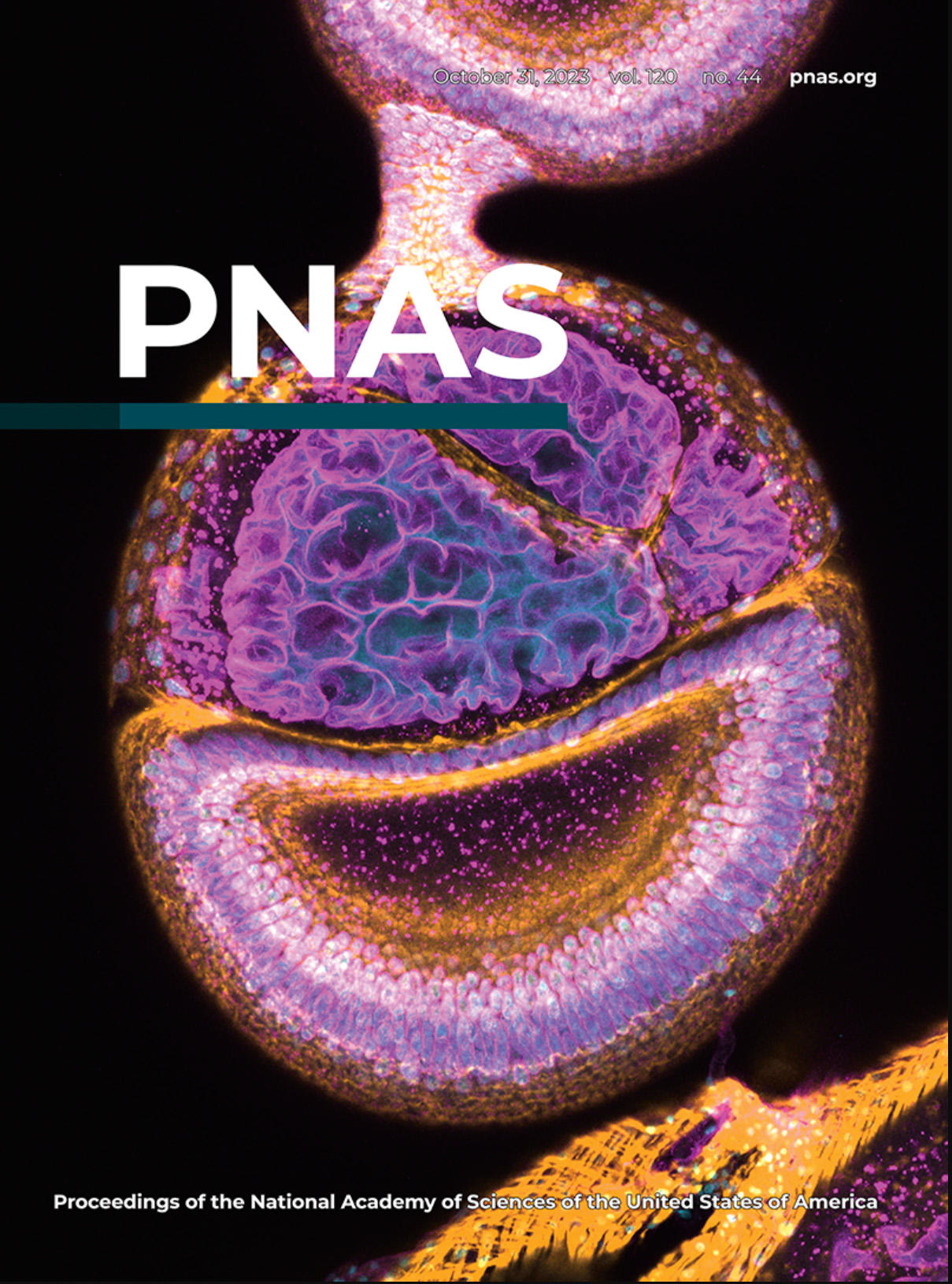
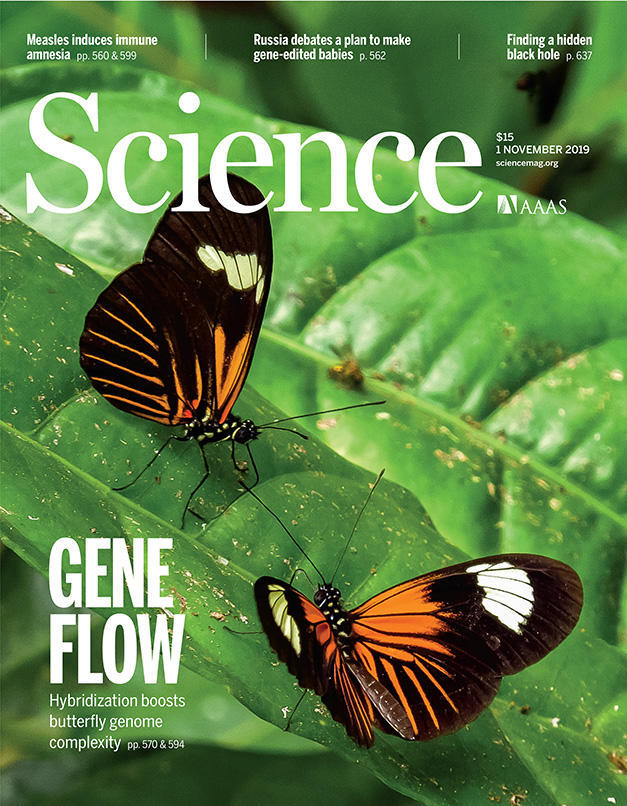
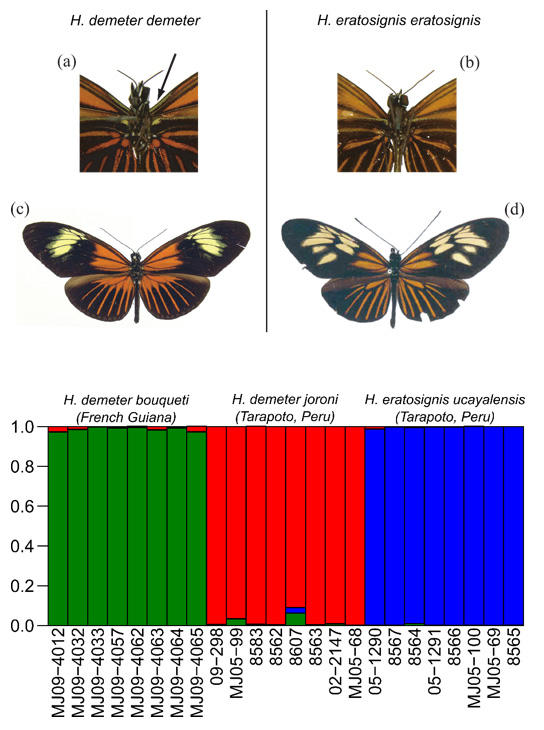

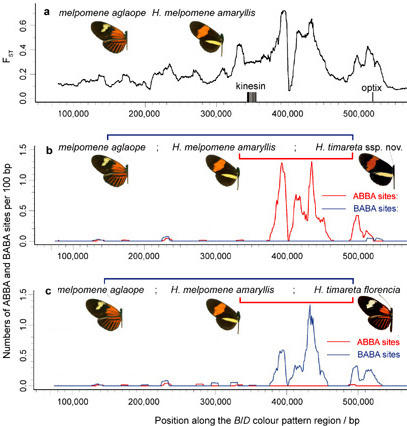
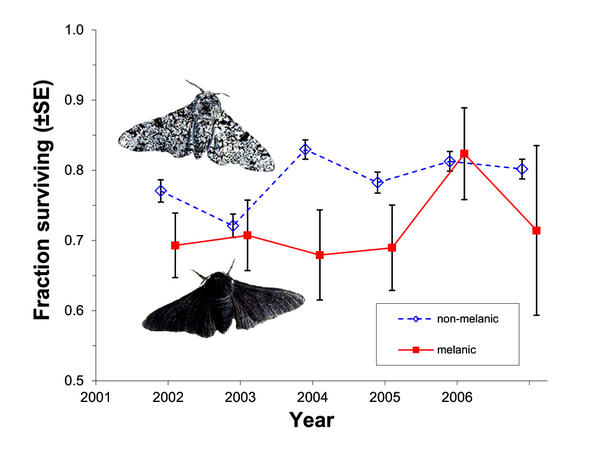 Selection against melanism in UK after the Clean Air Act.
Selection against melanism in UK after the Clean Air Act.